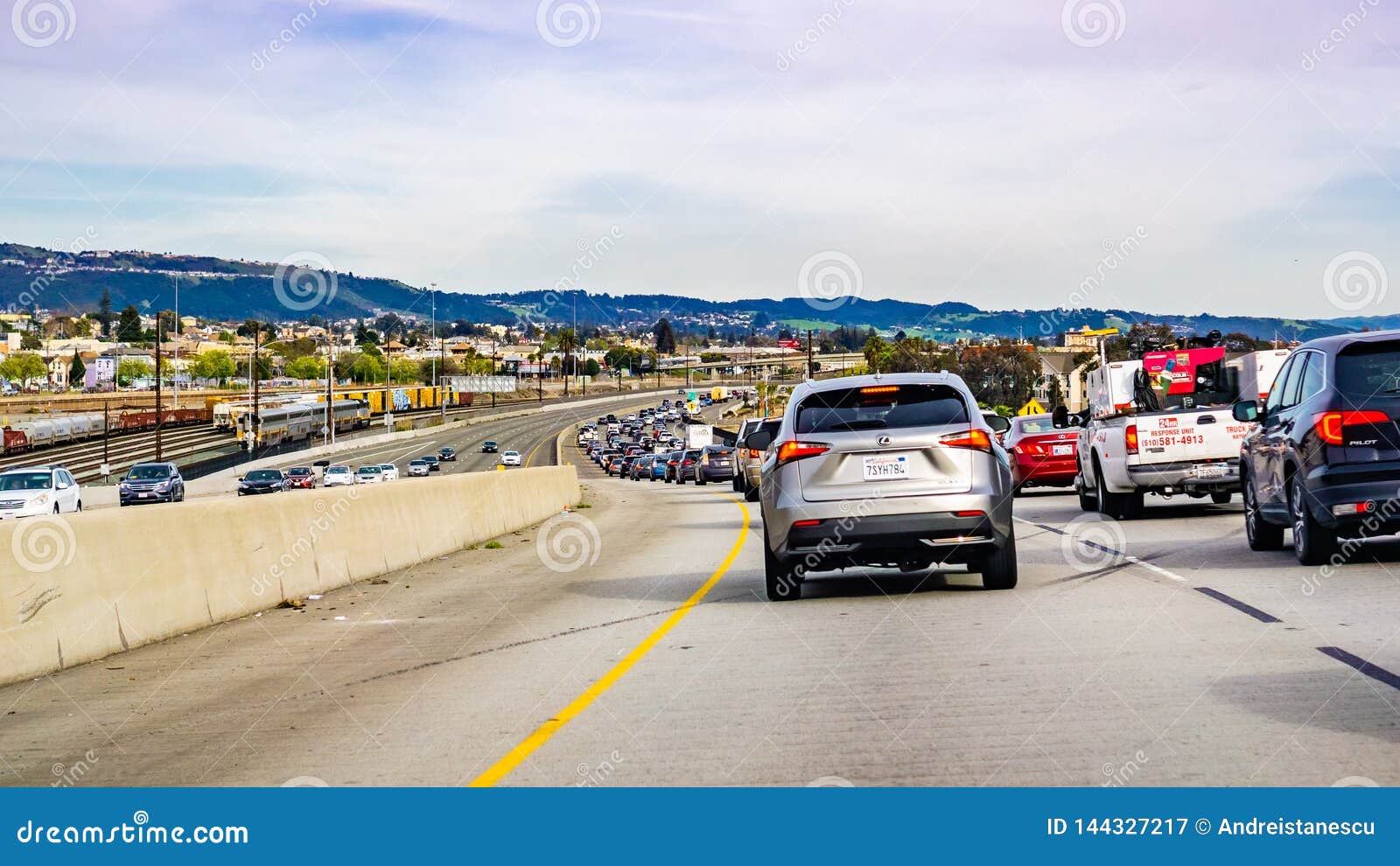

In the Bay Area, the average commuter using transit can reach only 3.5 percent of the jobs in 30 minutes in the San Francisco metropolitan area and 2.0 percent of the jobs in the San Jose metropolitan area (according to the University of Minnesota Accessibility Laboratory). For the most part, transit cannot get you from here to there in the modern metropolitan area. This is fantasy, as the US experience with urban rail proves. Some may romantically anticipate that transit can substitute for the automobile and reduce traffic congestion. If ever finished, it will probably cost much more and will be lucky to carry even one percent of California travel (See note). It is a sad commentary that the state has been deferring maintenance on the roads that carry more than 98 percent of the state’s surface (non-airline) travel, while continuing to pursue a mixed conventional-high- speed rail proposal that, at the moment, is set to cost $64 billion. Yet, according to press reports, it contains nothing for the highway capacity expansions required for serious congestion relief. It will all go to repairs and maintenance, which are necessary, and to transit, walking and bike infrastructure. The program would require the largest increase in the state’s gasoline tax and vehicle fees in history. Take, for example, the newly announced plan by Governor Brown and legislative leaders to spend $52 billion over the next 10 years on transportation, much of it on roads. But no one in the Bay Area should suspect that California, with its present policies, is up to the job. There are, of course, things that can be done. Indeed, higher densities are associated with greater traffic congestion. They are also the nation’s three densest urban areas. It is no coincidence that Los Angeles, San Francisco and San Jose have the worst traffic congestion in the nation.

Should the plan succeed, you can bank on traffic congestion getting even worse. The regional transportation plan (Plan Bay Area), adopted by the Association of Bay Area Governments and the Metropolitan Transportation Commission, seeks significant densification (called “pack and stack” by critics). Without capacity expansion, traffic is likely to only get worse. For example, the state has proposed a “road diet” program that would place significant barriers in the way of highway capacity expansion. Public policies in California and the Bay Area virtually require it. Those who expect traffic congestion to get worse are probably right. In the adjacent and smaller San Jose urban area, congestion adds 38 percent to travel times, tying with Seattle as third worst in the nation.Īccording to a Mercury News article by George Avalos, “The Bay Area’s traffic woes are so severe that more than two-thirds of the region’s residents surveyed in a new poll are demanding a major investment to fix the mess - even if that means stomaching higher taxes.” Residents perceive the problem as an “emergency that requires drastic solutions,” and 70 percent of those asked support a “major regional investment” to improve traffic. Los Angeles is only slightly worse, where the travel time congestion penalty is 43 percent.

That means a trip that would normally take 30 minutes without congestion stretches to 42 minutes. In San Francisco, the average travel time during peak travel hours was reported to be 41 percent worse due to traffic congestion, according to the 2015 Annual Mobility Report from the Texas A&M Transportation Institute. The Bay Area includes two major urban areas (over 1,000,000 population), with San Francisco ranked second worst in traffic congestion in the United States, closely following Los Angeles. In a just released poll by the Bay Area Council a majority of respondents indicated an expectation that traffic congestion in the Bay Area (the San Jose-San Francisco combined statistical area) is likely to get worse.


 0 kommentar(er)
0 kommentar(er)
